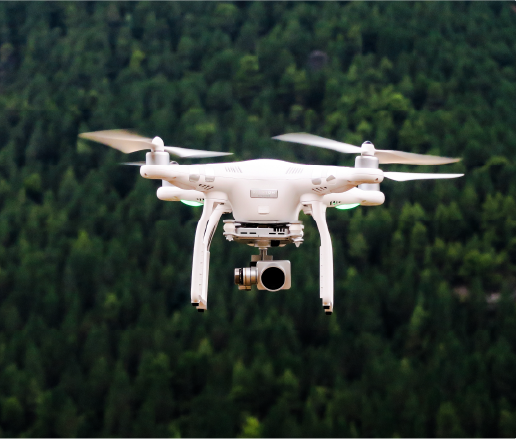by Nir Elron
From being exclusively military technology, drones have gradually become a part of our everyday life. Just as the Wall Street Journal predicted in 2006, today unmanned aerial vehicles (UAV) help to optimize operations and reduce costs in many sectors. In 2023, there were almost one million drones in the US alone.
However, even though civilian use of small drones has grown significantly in recent years, there are certain hurdles that are holding back the development of the drones market. For safety reasons most commercial drone pilots must fly their UAV within their visual line of sight (VLOS), which limits the distance between the drone and the pilot and bans operations behind any obstacles that block the view. There’s also the extended visual line of sight (EVLOS) method that enhances the range of operations by adding a trained observer that keeps visual contact with the drone and communicates critical information to the pilot.
Enterprises have been trying to adapt to that limitation, and today there are a lot of use cases that leverage LOS and VLOS options across all industries. But the real revolution that could unlock the full potential of commercial drones and enable massive use of UAVs beyond visual line of sight is yet to come.
This transition that would allow any drone to operate as far from its control station as needed, is impossible without stable connectivity. With several connectivity options to choose from, every UAV use case requires a proper analysis to ensure its connectivity solution is technically adequate and commercially viable.
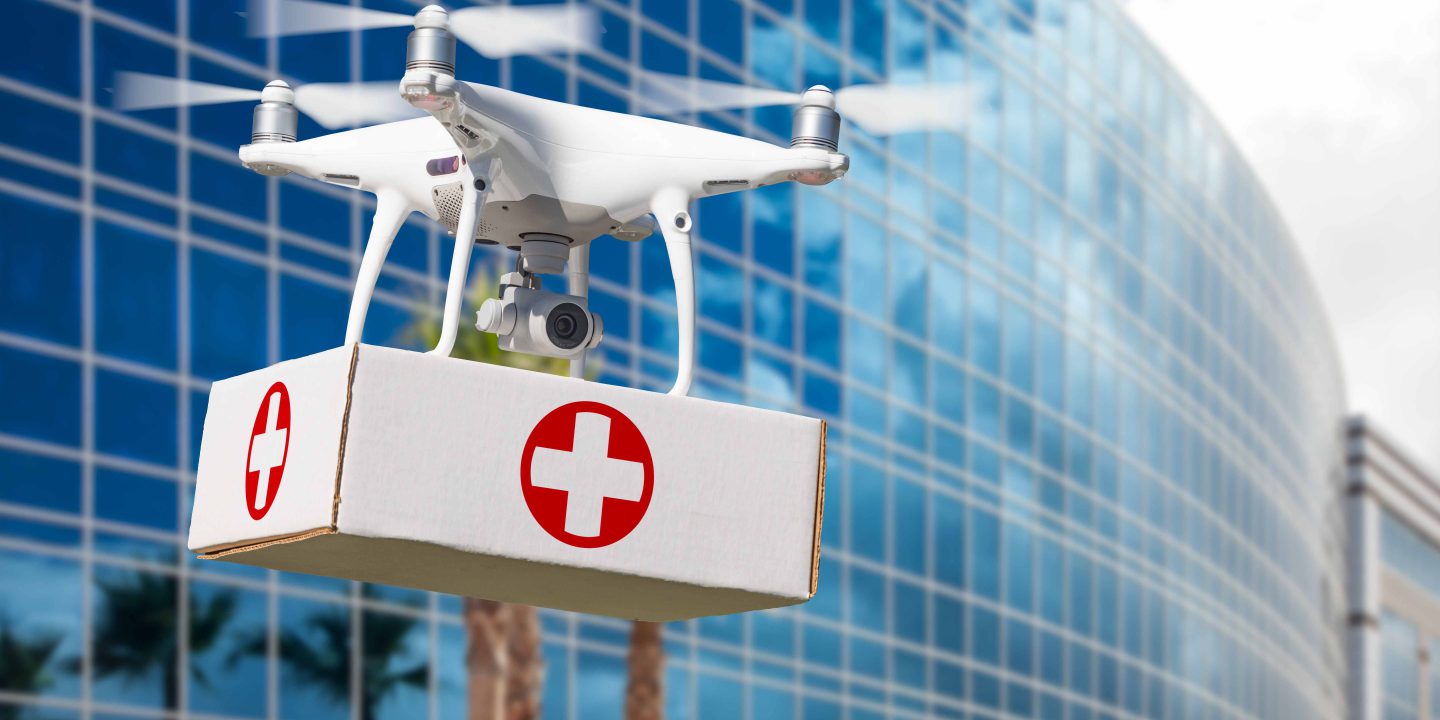
The Growing Role of Delivery Drones in Global Logistics
From grocery shopping and medical deliveries to postal services, delivery drones are becoming commonplace all around the world. Despite the fact that scaling up of drone delivery networks has been somewhat slowed down by stringent regulatory requirements, there is optimism in the industry, fueled by the belief that aerospace regulators and policymakers are increasingly likely to permit the scale-up of commercial operations. The UK’s Civil Aviation Authority is working to make drone flights beyond the visual line of sight commonplace by 2030. The US Federal Aviation Administration just recently authorized several companies including UPS to operate drones beyond the visual line of sight.
With medical deliveries, in many cases it’s the way to optimize existing procedures and make them faster and more efficient, like having medicines flown to seafarers who fall sick or delivering defibrillators faster than the ambulance.
Transforming Agriculture
One of the most important applications of drones is in agriculture. They help to monitor crops and treat them from pests – for example, 30% of all pesticide spraying in South Korea is done by drones today, while in Japan 40% of spraying in rice crops is done using UAVs. Drones are also used for soil and field analysis, seeding and planting, irrigation and livestock monitoring.
Revolutionizing Oil, Gas, and Energy Resources Management and Assets Monitoring
In oil and gas, drones perform inspections of pipelines, gas flare stacks, oil rigs, tanks, and even offshore platforms. Moreover, drones can carry gas, temperature, moisture, and other sensors to track environmental factors. While eliminating health and safety risks is one of the main improvements of replacing human inspectors with drones, there are also other benefits, such as improved accuracy and coat optimization. One remotely piloted drone flown over an offshore oil rig can perform the same visual inspection that might normally require a large team of personnel working in the field for an extended period of time. Besides, the data it gathers may provide more accurate information than a human working in a hazardous environment, especially in an emergency.
In energy, where power grid inspections were traditionally done using helicopters, now they are also done with drones, which are emission-free and cause much less disturbance to people and wildlife. Field’s drones collect data and transfer it to the customers in real-time over the 4G/5G network, allowing them to discover any critical errors and take immediate action, while cutting CO2 emissions.
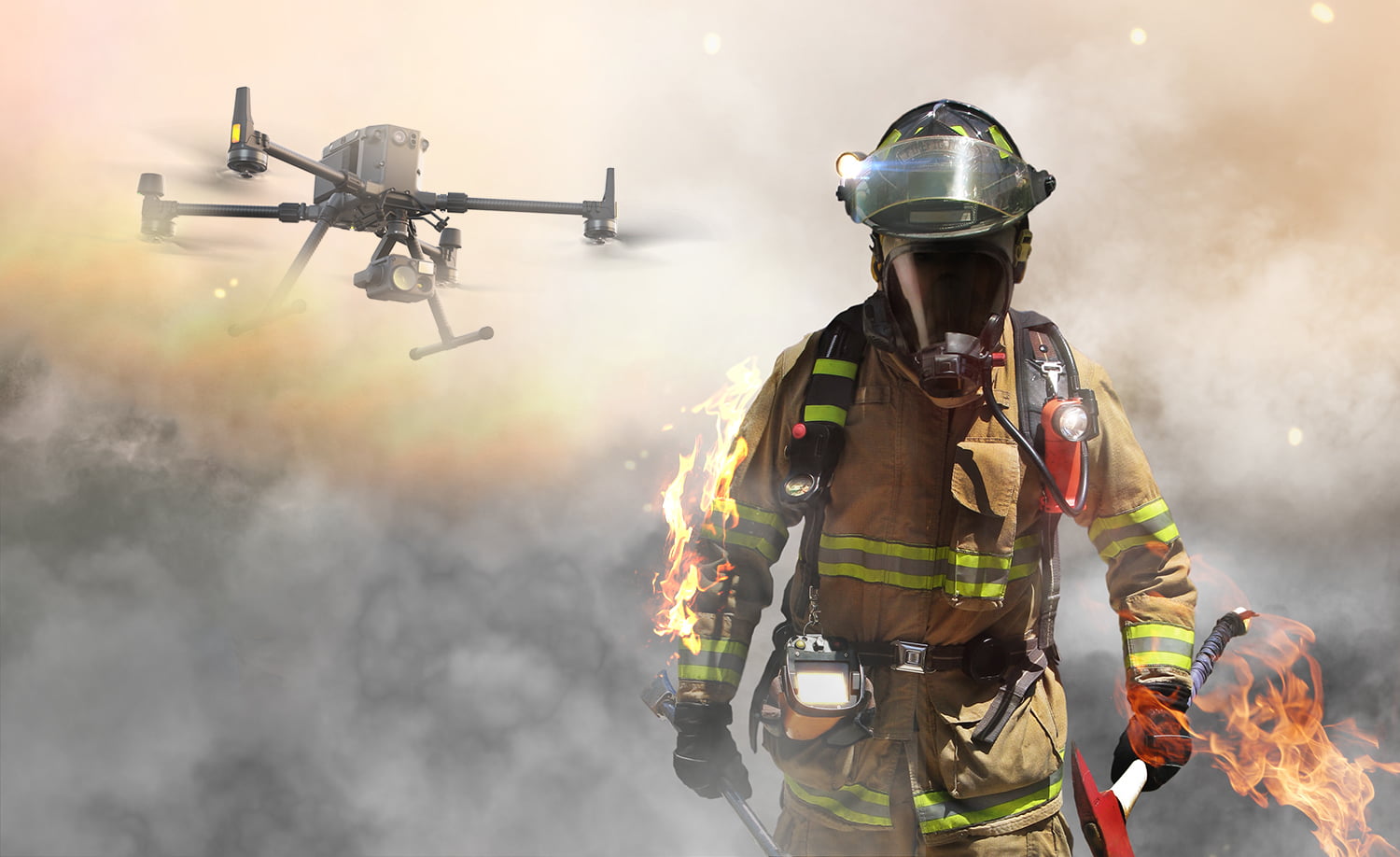
Drones in Emergency Response and Disaster Relief
Drones quickly reach emergency sites and provide real-time information to first responders to help them make informed decisions. Fire departments, law enforcement agencies, search and rescue teams and emergency medical services teams can all use drones. These UAVs can be equipped with special thermal imaging and visual spectrum cameras – like thermal drones that help identify hotspots, track the spread of fires, or assess the intensity of the flames.
There could be a light drone in every first responder’s vehicle, so it can be launched and operated faster than cars, helicopters or emergency vehicles, putting eyes on the incidents before additional personnel arrive.
Drones can be leveraged to help restore communication after disasters: flying before the storm to map an area and find out what infrastructure is most vulnerable to severe weather, flying immediately after to assess the damage, and serving as comms networks.
Modern Military Operations
Drones are commonplace as a tactical means of surveillance, and data gathering, as well as weapon deliveries and even airstrikes. Drones are now a fundamental part of a military order of battle, providing huge amounts of information, high-resolution imagery, and data, at significantly less costs compared to manned reconnaissance vehicles. UAVs are believed to be a game-changing technology in modern warfare.
Military use cases for drones have very strict requirements of high bandwidth, low latency, and stealthy connectivity, and may leverage 5G public networks or 5G private networks with appropriate security enhancements.
There are many more use cases, as UAVs are widely used in other industries, such as construction and broadcasting – wherever their capabilities are needed.
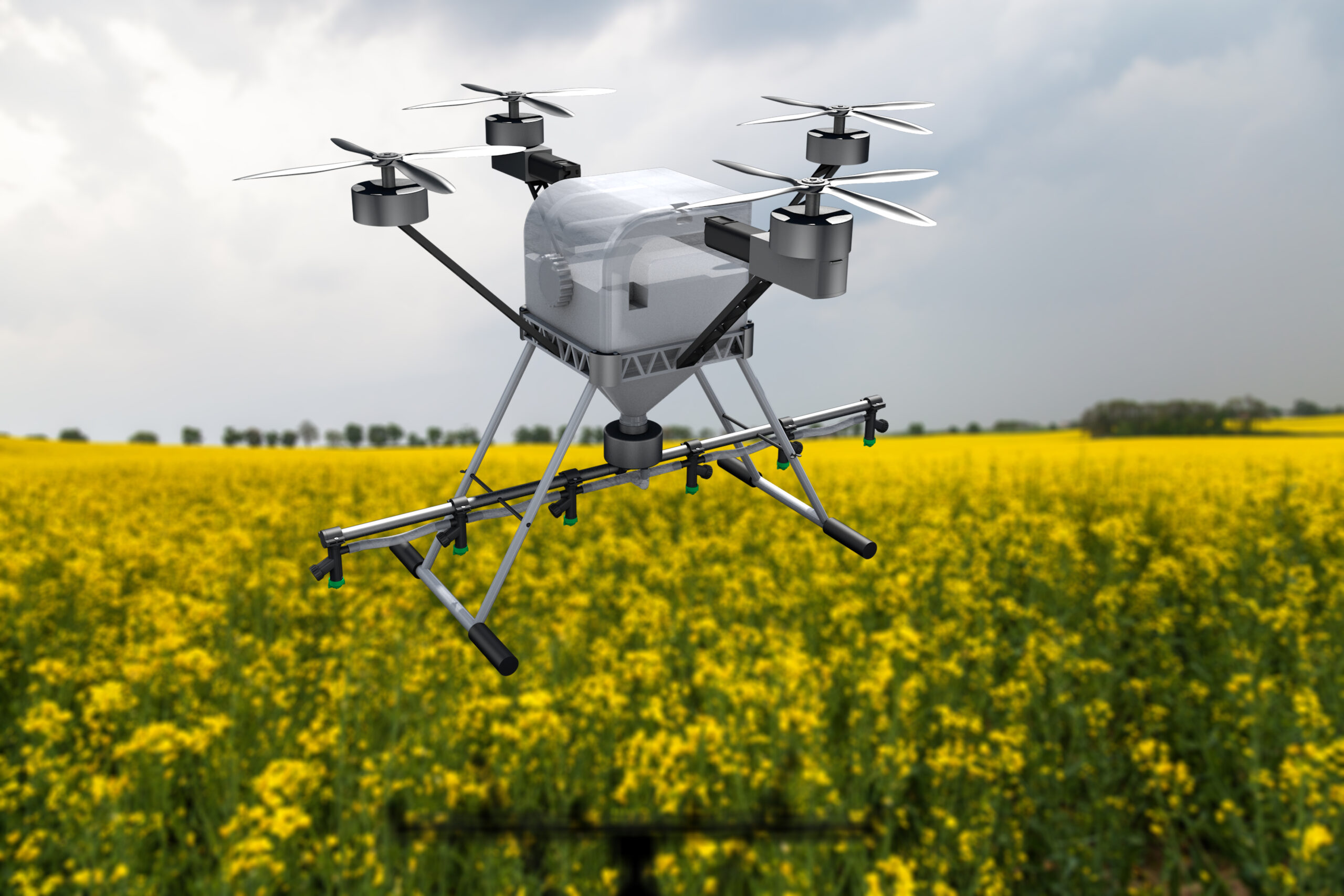
Drone Connectivity
Conventional and license-free radio-controlled drone activities are limited to a line-of-sight (LOS) operational range. Moreover, of several methods of drone connectivity, radio frequency seems to be the least secure, as the signal can be easily hijacked.
Satellite connectivity is mainly used in large military-style UAVs that fly over large distances and heights. Satellites have very good coverage, but also latency issues, and it’s comparatively expensive. Besides, satellite communications equipment may be too large and heavy for smaller drone platforms. It is expected that growth of drone use and regulations in that sphere will accelerate demand for satellite connectivity by the end of the decade, but at the moment there aren’t many viable connectivity solutions that use satellite communications for commercial drones.
Cellular connectivity for drones comes with two options: 4G/LTE and 5G. 4G allows for faster and higher volume data transfers than previous generations of network services and offers a good range over large distances. However, drive tests results showed that although the current 4G network is capable of providing command and control, as well as a payload communications link for the drone BVLOS use cases, some advanced use cases may require further enhancements, especially in terms of overall network latency and uplink data rate. That’s where 5G can be a perfect solution, as it offers data speeds that are hundreds of times faster than 4G and improved latency, allowing for transmitting real-time high-definition footage during autonomous or semi-autonomous use. In 2021, Nokia tested reliability of cellular networks for the purpose of drone use. In a test with two cellular operators, LTE networks supported reliabilities between 88.5 percent and 98.5 percent, and with a simple dual network redundancy enhancement which introduces packet duplication, reliability grew to 99.9 percent when connected to two networks simultaneously. This packet duplication can be achieved over a single network through standard techniques available in 5G. From the perspective of connectivity, drones provide the widest range of use cases in terms of location, industry, environment, accessibility, network coverage and other conditions. Their connectivity demands may vary quite a lot, but there are common requirements that may be applicable to many use cases across various verticals.
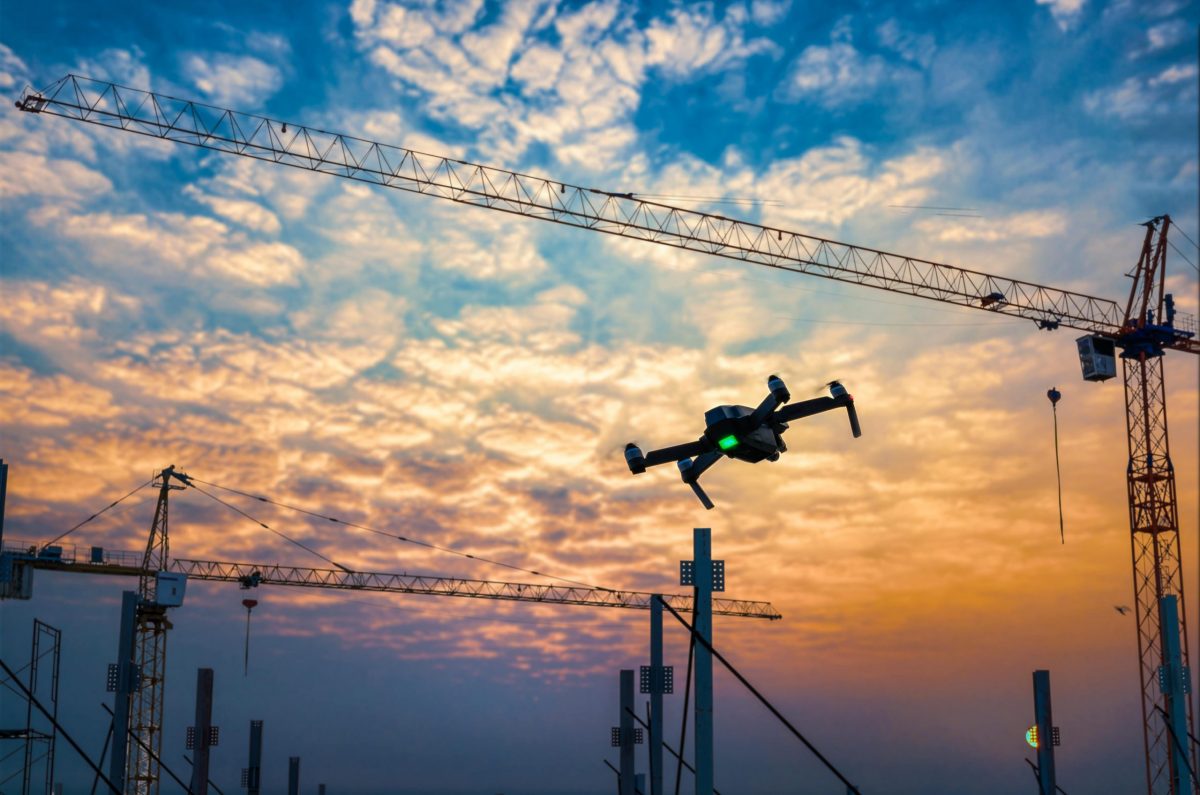
Reliable Coverage
Coverage is of utmost importance for almost any drone use case. No matter what kind of data needs to be transmitted over cellular networks, a drone’s command and control functions and other tasks will be critically dependent on reliable coverage. The last thing any UAV pilot wants is his drone losing connection and getting lost. For use cases in locations where network coverage may be spotty, there are options of bonding cellular signal or setting up a private cellular network.
Ensuring Data Flow for Missions
Sufficient bandwidth is crucial to all usage scenarios with high consumption of data, such as drones performing inspections, surveillance or search and rescue missions, which demand stable transmission of video data in real time.
Low Latency
For military and first responders latency could be one of the most important connectivity parameters, as their ability to react to changing conditions in emergency situations will be defined by it. Latency is also crucial for broadcasting teams using drones for live coverage of events.
While cellular connectivity generally outperforms satellite in that aspect, it should be noted that actual latency depends on the architecture of mobile operators’ core network and therefore may vary.
Compliance with Regulations
Experts are unanimous that advanced drone technology will become ubiquitous only if the enterprises that use UAVs are able to comply with local airspace regulations. The EU is a good example of how legislation may be a hurdle to commercial drone usage. The use of drones in Europe is governed by the Uncrewed Aircraft Systems Traffic Management system (UTM). Last year, a regulation came into force, calling for more secure, reliable, and resilient connectivity. All drones operating in European airspace must be able to report their position, direction, and speed to conventional air traffic control via the UTM. Since most small and medium-sized drones use direct radio links and are not connected to a UTM control center, they have no way of reporting their flight data to the UTM, which makes them much less usable. Basically, that leaves the companies that need to use their UAVs in Europe with two connectivity options – either satellite or cellular.
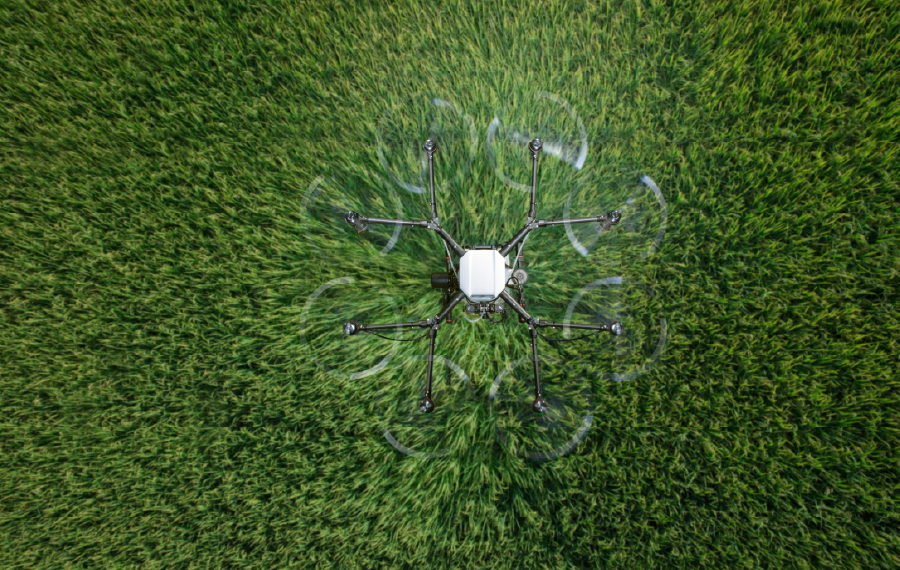
Webbing’s Solution
Webbing offers a connectivity solution that ensures global access to reliable and high-quality internet, with low latency and the best of class coverage. It provides secure and continuous internet connection for devices on the move, wherever they need it.
Webbing’s partner network of over 600 mobile operators worldwide guarantees global coverage. It allows to roam on several carriers’ network in every region, solving the problem of weak spots that any mobile network may have and ensuring full coverage and continuous connectivity even at remote locations.
Webbing is a global connectivity provider with a distributed full core network with local breakouts, multiple network solution, and data server redundancy that provides connectivity stability and low latency. As such, Webbing’s network is well suited to support mission-critical, high-data consumption type of use cases. It also allows for compliance with all types of connectivity regulations – from IP traffic that remains in the country to designated profiles for emergency calls, so it’s easy to comply with local and regional connectivity regulation requirements. Webbing can also seamlessly localize deployments utilizing Remote SIM Provisioning even in heavily regulated markets, such as Turkey.
Our eSIM solution ensures failover connectivity with the capability of using multiple mobile carrier profiles, easily changing carriers at any time with zero integration, and an option to fall back from a failing profile to a different profile without any need to communicate with a remote server or deal with multiple SIM cards.
A flexible approach to data packages allows us to tailor our connectivity offering for every customer based on the type of connected devices and their data consumption needs as well as the locations where the devices are used, aiming at overall optimization of the total cost of operations for the client.
Our solutions help enterprises overcome their connectivity challenges and optimize costs for global deployments, providing the benefits of roaming with multiple carrier options in every country, and seamless transition between carriers, while maintaining low rates and low latency on a global scale with a single SIM.
Reach out to [email protected] to learn more about Webbing’s solutions.

